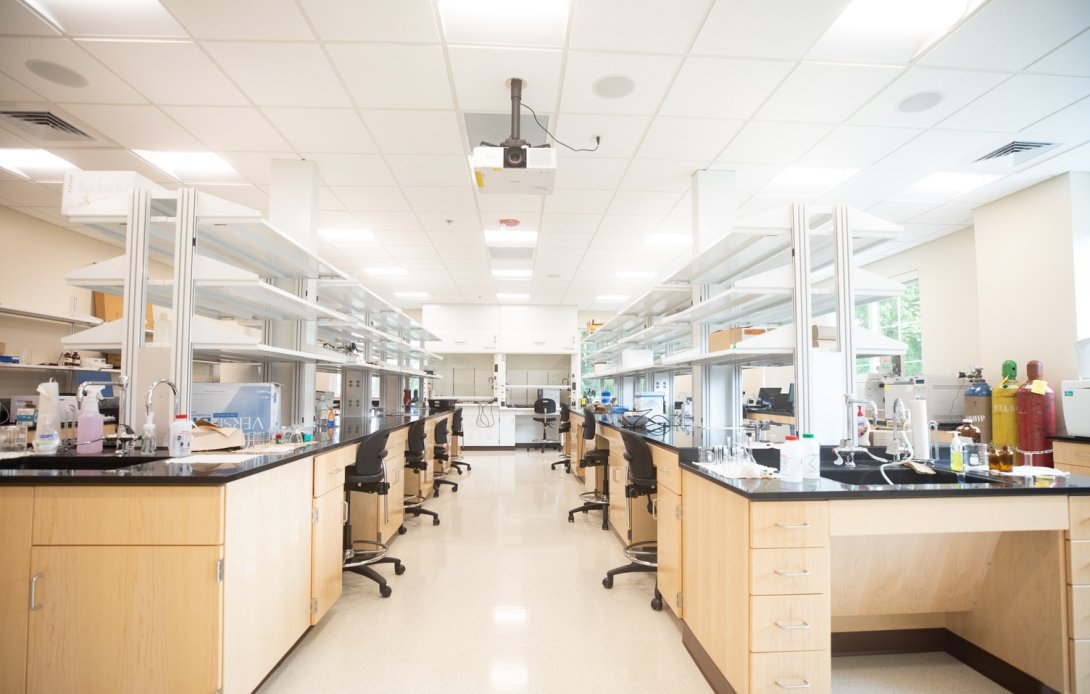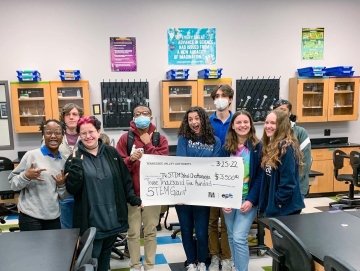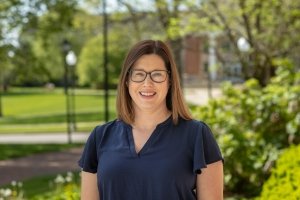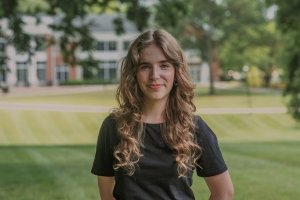With hottest month on record, collaboration between professors, alumna could enhance how students learn about global climate change

One Centre College alumna teamed up with professors to develop a new way to learn about greenhouse gases and climate change.
Professors at Centre College joined forces with a recent graduate to redesign, test and refine laboratory activities that showcase connections to global issues like climate change.
Now a high school chemistry teacher at STEM School Chattanooga, Olivia Kane ‘18 collaborated with Professors Lenny Demoranville, Jeff Fieberg ’91, Erin Wachter and Kari Young as well as former Centre professor Susan Campbell to design a lab activity that helps students investigate an understanding of “greenhouse gas” and “carbon footprint” at the molecular level.

“As a high school chemistry teacher, my main focus is helping my students make connections between the classroom and the real world,” Kane said. “I don't expect all my students to become chemists, but I do expect them to be able to use scientific skills to evaluate information and approach multifaceted problems. Most of my teaching is project-based, rather than traditional assessments, and is based on student inquiry, rather than direct instruction.”
The collaborative project was recently published as a scholarly article in the Journal of Chemical Education, titled “Adding a Greenhouse Gas Module to a Molecular Modeling Activity in General Chemistry.”
Kane said her research at Centre to develop the module helped prepare her for her current position, where she wants to teach students through real-world problems.
“Additionally, evaluating student feedback and data during the research process at Centre was extremely helpful in preparing me to analyze and reflect on my current students' feedback and performance so that I can optimize my class,” Kane said.
Students who take part in the activity learn how greenhouse gases, like carbon dioxide, contribute to raising the average temperature of the atmosphere, unlike other gases, such as oxygen or nitrogen. It’s an activity that continues to be taught at Centre, Fieberg said.
Kane worked with Demoranville and Young while she was a student, refining laboratory activities.
“For Olivia, this experience in the lab and in designing the assessment study helped to prepare her for a career as a high school science teacher,” Fieberg said.
Additionally, Fieberg said the lab activity is one that helps make chemistry accessible by connecting it to societal issues.
“This activity epitomizes the liberal arts approach of making interdisciplinary connections. It relates chemistry to societal ideas of global climate change happening right now.”



